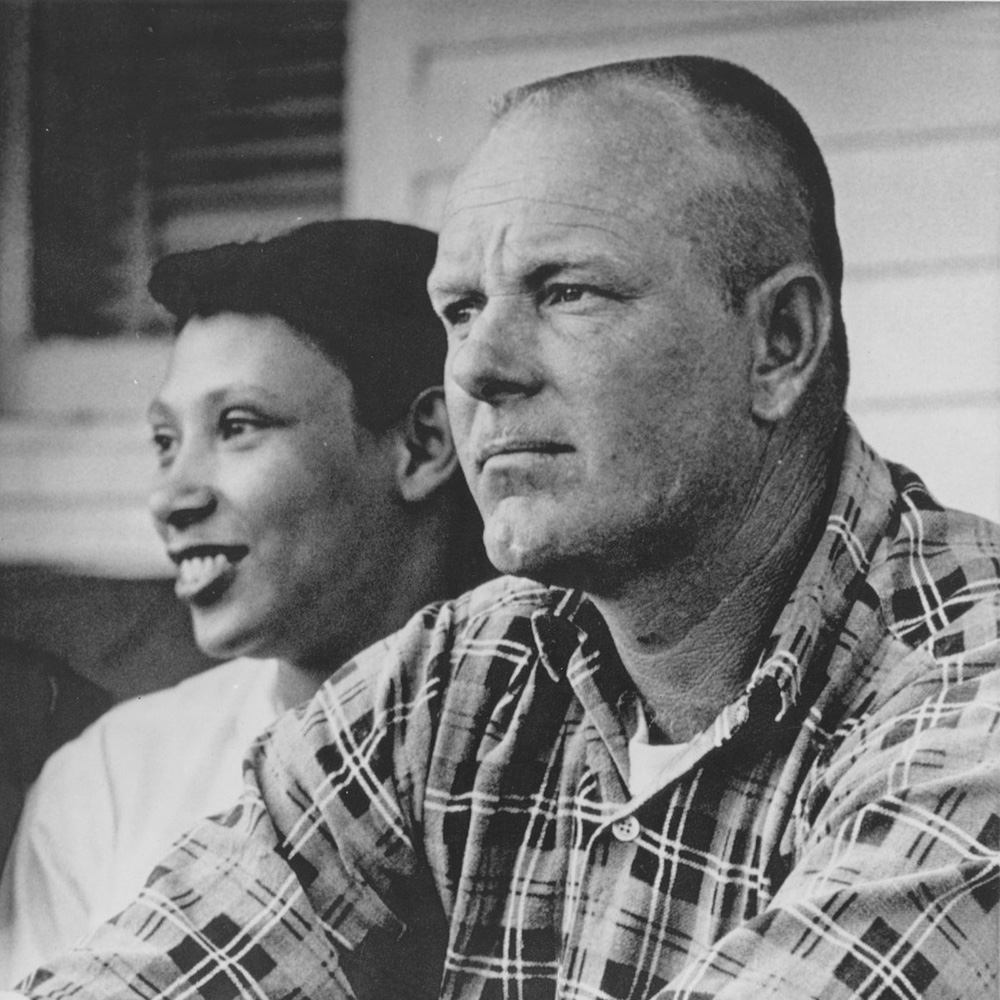One of my musician friends has perfect pitch. I met him on the American Idol tour two years ago and talked to him about it. Perfect pitch is the ability to identify a pitch simply by hearing it. It’s a great party trick; while someone is moaning about a particular roll in backgammon, for example, you could interject anecdotally that the moan was a B-Flat. The second component of perfect pitch is the ability to hear if a particular note is out of tune. This is where it really gets interesting.
The pitch of musical tones, or any tone for that matter, is measured in Hertz. Hertz is a scientific scale that measures, get this, the distance between the top of a peak in an audio waveform to the top of the next peak. As you may recall from grade school if you weren’t busy passing notes of the written type at the time, that sounds actually are reverberating waves and that the length of the wave from peak to peak determines its pitch – a repeating horizontally oriented S-curve. The higher the pitch of a sound, the closer together the repeats in the waveform; a true bass sound requires a large room to reproduce correctly as bass sounds emanating from the fifth string of a five-string bass, for example can literally have a twelve-foot distance from the top of one peak to the top of the next. This means you literally need a twelve-foot long room to hear the sound in its natural state. The reason you can hear a bass sound in a smaller room of course is that most of what we hear is actually reverberating off the surfaces in the room. We’ll leave the whole rap about reverberation and echo out of this for the moment though.
Ok so, back to Hertz. Any tone can be identified be measuring it using the Hertz scale. The musical note “middle A”, the A note in the middle of a piano keyboard is used as the standard starting place because it measures a nice, rounded number – 440Hz (440 Hertz); and is referred to as A440 in music. Perfect pitch is incredibly rare. It occurs only in about one in 10,000 persons; but get this – it almost always occurs in someone who has had musical training before the age of five. Some scientists theorize, therefore, that we may all be born with perfect pitch but that like language, if we do not develop that area of the brain in those formative years the window closes and we never get it back.
In talking to this musician friend he was telling me of the annoyance of perfect pitch, how it’s a blessing but also a major curse. He is constantly aware of other musician’s lack of accuracy with pitch for example and conversely other musicians are uncomfortable playing with him because they know that he is constantly aware of their lack of accuracy in pitch; a conundrum to be sure. People with perfect pitch can tune an instrument without the aid of electronics or even a reference pitch from another instrument. For the rest of us without perfect pitch, we use an electronic device to tune up. I’m sure you’ve seen guitarists plug into little cigarette pack size tuners. What these do of course is measure the tone coming in using Hertz and tell you if you’re flat (too few hertz) or sharp (too many hertz); 442 for example, is an A but it’s sharp. There’s another interesting topic about how there was quite a bit of argument in the time of Mozart what Hertz value should be assigned to what note. Some felt 442 was correct for A, some said 440 and on it went. Whole instruments were tuned to different systems for awhile as the debate raged.
I have a little application on my iPhone that allows me practice the other concept I want to introduce you to, relative pitch. Relative pitch is the ability to recognize the interval of a pitch from another pitch; so if I played an C on the piano and then a G, a person with good relative pitch would immediately tell you that the interval is a 5th even if they don’t know that the first note you struck is a C. As I mentioned before, it’s impossible to develop perfect pitch; it simply is something you either have or don’t have. Relative pitch on the other hand can and pretty much must be developed for musicians, and in fact can be developed by anyone. When someone develops relative pitch they can also hear chords so if I play C, E and G on a keyboard all at once a person with developed relative pitch can immediately tell you that’s a major triad, again even if they don’t know the actual notes you’re playing. The reason for that is their ears hear the intervals between the other notes. It gets better. As a musician develops his relative pitch skills extremely complex chords with say seven notes in them at once can be recognized.
So which is more important to a musician, perfect pitch or relative pitch? As it turns out, relative pitch is much more important. It gives the player the ability to play with others. The reason for that is many times a chord is divided among instruments, the bass carries the lowest note and other instruments carry other notes in the chord or even just compatible notes. And here’s the part I love – the ability to improvise a solo – to play freely on your own is based on guess what – listening to the other musicians play the chords behind you and recognizing through involuntary use of relative pitch skills what is going on. On the other hand, oddly enough, the vast majority of people with perfect pitch, are not playing musicians at all, but rather piano tuners – simple technicians from whom the art of playing music is lost – so that element they developed before the age of five is in a way, wasted.
I was thinking why is it in life that we spend so much time striving for perfect pitch, something we know is an impossibility anyway, when what we really need to both interact with others and to soar alone is relative pitch?
By Clay Konnor







